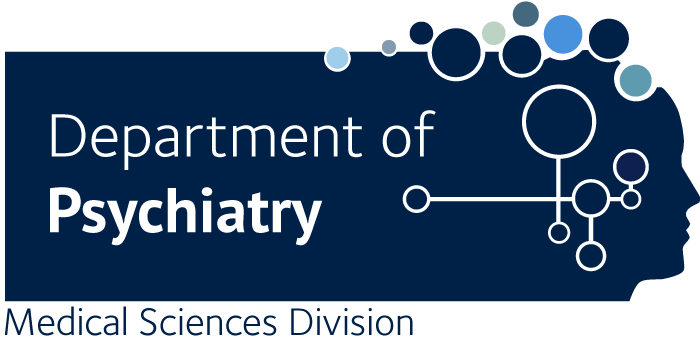Non-local Schrödinger diffusion model reveals mechanisms of critical brain dynamics
Deco G., Perl YS., Kringelbach ML.
Time-efficient computation is essential for survival. It has been proposed that this is made possible through the principle of criticality amplified by the rare long-range connections found in the brain's unique anatomical structure, which together provide the necessary non-local, distributed computation. Here, we directly tested this hypothesis by building a non-local, diffusion whole-brain model using the mathematical structure of Schrödinger's equation to capture non-local/long-range brain dynamics. We tested this non-local diffusion model against a conventional state-of-the-art local diffusion model in large-scale empirical neuroimaging data from over 1,000 healthy human participants and found the non-local model performed significantly better at capturing the brain dynamics. Overall, these results demonstrate that the non-locality of Schrödinger's equation is excellent for revealing the necessary non-local (but non-quantum) properties of the human brain.

